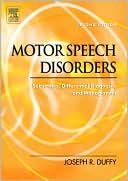Psycholinguistics: Introduction and Applications
Search in google:
\ From The CriticsReviewer: Gary B Kaniuk, Psy.D.(Cermak Health Services)\ Description: This book describes psycholinguistics, the psychology of language, and how children acquire and understand language, what causes errors, and how neurological disorders cause language impairments.\ Purpose: The author describes the purpose of the book: "We develop the descriptive and conceptual tools for understanding how these language problems seem to happen. Gradually, we see how those tools can help with the design of second language curricula and programs, with language testing and therapy, and how they can simply provide us with a feeling of insight into our own language behavior and that of people around us — insight that will help us deal with everyone's language problems with as much grace and humor as possible."\ Audience: Although no specific audience is designated, it would be appropriate for graduate students studying to be speech and language therapists as well as professionals. The author is a professor emerita of linguistics and fellow at the University of Colorado who conducts research on aphasia.\ Features: The book begins with an introduction to and basics of linguistics before defining psycholinguistics as the field that tries to discover "how we manage to actually do all the things that go into speaking and understanding, reading, and writing." It briefly addresses brain functioning and spends much time on normal speech errors before moving to the subject of adult language disorders, specifically aphasia. The book demonstrates how basic language and reading skills are acquired, and ends with assessment and therapy considerations. Unique features include a detailed table of contents, extensive glossary of terms, a CD with audio and video material that helps readers understand experiments, and links to Web sites, a reference list, and exercises. The book is easy to read with interesting tables and figures. Each chapter has exercises at the end that help reinforce learning.\ Assessment: With the exercises at the end of each chapter, the CD with helpful materials, and a 68-page glossary, this is a practical book that covers a wide array of topics in psycholinguistics.\ \ \ \ \ From The CriticsReviewer:With the exercises at the end of each chapter, the CD with helpful materials, and a 68-page glossary, this is a practical book that covers a wide array of topics in psycholinguistics.\ Description:\ Purpose:This book describes psycholinguistics, the psychology of language, and how children acquire and understand language, what causes errors, and how neurological disorders cause language impairments.\ Audience:The author describes the purpose of the book: "We develop the descriptive and conceptual tools for understanding how these language problems seem to happen. Gradually, we see how those tools can help with the design of second language curricula and programs, with language testing and therapy, and how they can simply provide us with a feeling of insight into our own language behavior and that of people around us — insight that will help us deal with everyone's language problems with as much grace and humor as possible."\ Features:Although no specific audience is designated, it would be appropriate for graduate students studying to be speech and language therapists as well as professionals. The author is a professor emerita of linguistics and fellow at the University of Colorado who conducts research on aphasia.\ Assessment:The book begins with an introduction to and basics of linguistics before defining psycholinguistics as the field that tries to discover "how we manage to actually do all the things that go into speaking and understanding, reading, and writing." It briefly addresses brain functioning and spends much time on normal speech errors before moving to the subject of adult language disorders, specifically aphasia. The book demonstrates how basic language and reading skills are acquired, and ends with assessment and therapy considerations. Unique features include a detailed table of contents, extensive glossary of terms, a CD with audio and video material that helps readers understand experiments, and links to Web sites, a reference list, and exercises. The book is easy to read with interesting tables and figures. Each chapter has exercises at the end that help reinforce learning.\ \

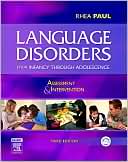
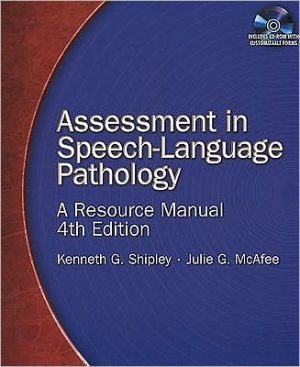
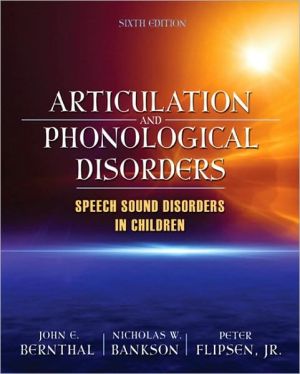
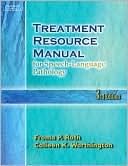
![Introduction to Audiology [With CDROM] Introduction to Audiology [With CDROM]](/application/data/covers/31/18/9780205593118.jpg)
